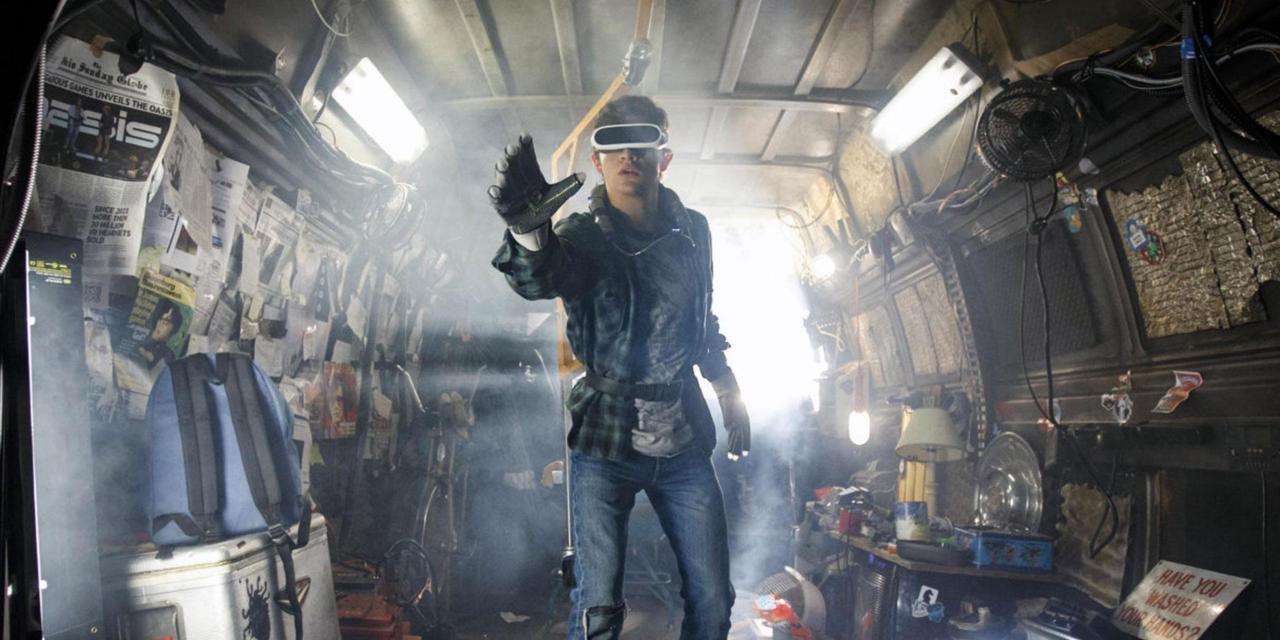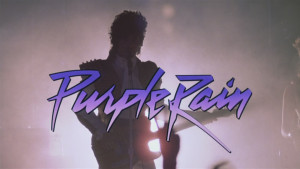
I’m Juan, and I play video games. I also watch movies and read comic books and listen to music from the 80s on occasion. I preface my review with this so you’ll know that I too am one of you. Wild, no? A critic who enjoys art that is referenced ad nauseam in Ready Player One? It’s unheard of. Anyway, all this buildup is here for me to simply ask: Who the fuck is Ready Player One made for?
Yes, I know, it’s made for nerds, or gamers, or movie fans, or whatever. Sure, I guess. The audience at my advance screening certainly lost their minds at things ranging from The Iron Giant to The Shining. But what struck me most was that director Steven Spielberg and writers Zak Penn and Ernest Cline (the latter of which wrote the source novel) leave the film hanging in a demographic gray area of whether this is made for adults, teens, or children. By casting the widest net of cultural references possible, the film feels as though it exists for no one in particular. It’s a little Roald Dahl in its sense of wonder and plotting (inspired by Willy Wonka & The Chocolate Factory), but Cline’s navel-gazing style bogs it down with its immaturity, frenzy, and straight-male-nerd gatekeeping.
It’s 2045 and everyone plays an immersive virtual reality game called OASIS. This realm was created by James Halliday (a delightful, if underused, Mark Rylance), who left behind his fortune and total control of the game to whoever won a three-part contest within the game. Humans everywhere, including Wade (Tye Sheridan) and his friends, are fighting to unlock the clues that will lead to the grand prize, while the massive corporation IOI uses literal slave labor to attempt to win in the name of capitalism.
It’s to Spielberg’s credit that the shifts between the dystopian real world and the fantastic virtual world are so seamless and that the film doesn’t drag through its 140-minute running time. But most of the set pieces feel rushed, including a unique love letter to The Shining that includes both an amazing reproduction of its aesthetic and the disappointing addition of zombies and Bloodborne-style monstrosities for the protagonists to face.
It’d be more exciting if Spielberg brought something visually unique to this world instead of just the excellence of a special effects department. He and director of photography Janusz Kaminski don’t have anything fresh to bring to the table in terms of making a film that feels like a game. Where The Adventures of Tintin: The Secret of the Unicorn felt like an adventure full of charm and fun, this feels like a safe and uninspired theme park ride that’s a copy of a copy of a copy, delivering the same homogenized effects that every new blockbuster features, only featured more.
Vulgar auteurs like Neveldine/Taylor and Paul W.S. Anderson have been bringing their unique visions to life through other works of dystopian cinema like Gamer or the Resident Evil series. These are all films that are smaller in scale and budget, but it’s those limitations allow them to bring something special to the screen via their gnarly, entertaining B-movies. Resident Evil: The Final Chapter simply uses special effects and Doobie White’s harsh, calculated editing techniques to create moments that feel ripped from a video game in the best way.
Though the world of Gamer isn’t painted with a delicate brush, Neveldine/Taylor’s exploration of the exploitative nature of capitalism in gaming culture through sex work and the militarization of the prison-industrial complex is infinitely more interesting than anything in Penn and Cline’s script. There’s no consistency to this dystopia, with its massive corporation falling somewhere between cartoonish and actually menacing. It’s actually in Ben Mendelsohn’s out-of-touch corporate monster (who needs an earpiece to be told the difference between the schools featured in Fast Times at Ridgemont High, Animal House, The Breakfast Club, and Ferris Bueller’s Day Off) that we get the best performance in the film, providing a goofy and memorable presence to a film full of blank slates.
As every film about people being different when behind a screen has noted before, there is a difference between the person we present as and the person we truly are. In the world of Ready Player One, this manifests through the costumes people wear in-game, and the way people can exploit this negatively is never actually approached. Unsurprisingly, both of the white protagonists present as white characters who shift through costumes, from dresses to biking suits to cultural references that nobody actually cares about. Meanwhile, the people of color present as monsters (Lena Waithe’s avatar could be The Toxic Avenger’s estranged cyborg brother) or as cultural stereotypes (the Japanese brothers are named after samurai swords, and one of them presents as a ninja and loves Gundam).
This is the kind of eye-roll-worthy nonsense that people have noted about Cline’s work. It’s nerd culture filtered through its most prominent figure, a straight white male. It’s why the straight kids end up together, just days after Wade has this mysterious femme player he’s crushing on (played by Olivia Cooke) grind up on his dick while wearing a bodysuit with force feedback. It’s why the queer woman of color (Waithe as Aech/Helen) exists as nothing more than a best friend whose queerness goes entirely overlooked. It’s why the entire film is more interested in bringing up one cultural reference after another, regardless of whether or not it serves any purpose to the narrative other than allowing someone in the audience to pat themselves on the back for knowing exactly what that Easter egg is.
Comparisons to Who Framed Roger Rabbit? feel especially off-base here, as that film’s nods to other toons weren’t meaningless flavour, but a distinct part of its world-building. Dropping references in dialogue and narration is not world-building. It’s showing off, which is what its protagonist spends the duration of the film doing, and that gets boring quickly unless you’re the kind of person who does the same.
Ready Player One dishearteningly emphasizes that the people most likely to succeed are those who meticulously study every single aspect of a game and its creator, which stands in stark contrast with the film’s final note about how wandering and loving a game is better than winning. The film rewards the people who are “true fans” of nerd culture, the kind of fuck boys who call women “fake gamer girls” for entering their spaces but fantasize about girls just like them sitting on their laps as they live in luxury. That fantasy is exactly the utopia that the film depicts in its final moments and precisely why I find it a frustrating disappointment rather than the “harmless, blockbuster fun” it’s being billed as by some.
—
Directed by Steven Spielberg; written by Ernest Cline and Zak Penn; based on the novel by Ernest Cline; starring Tye Sheridan, Ben Mendelsohn, Olivia Cooke, Lena Waithe, Simon Pegg, Mark Rylance, T.J. Miller, Philip Zhao, and Win Morisaki; 140 minutes.
Ready Player One is now playing in theaters everywhere.



 Derek
Derek
 Isabelle
Isabelle